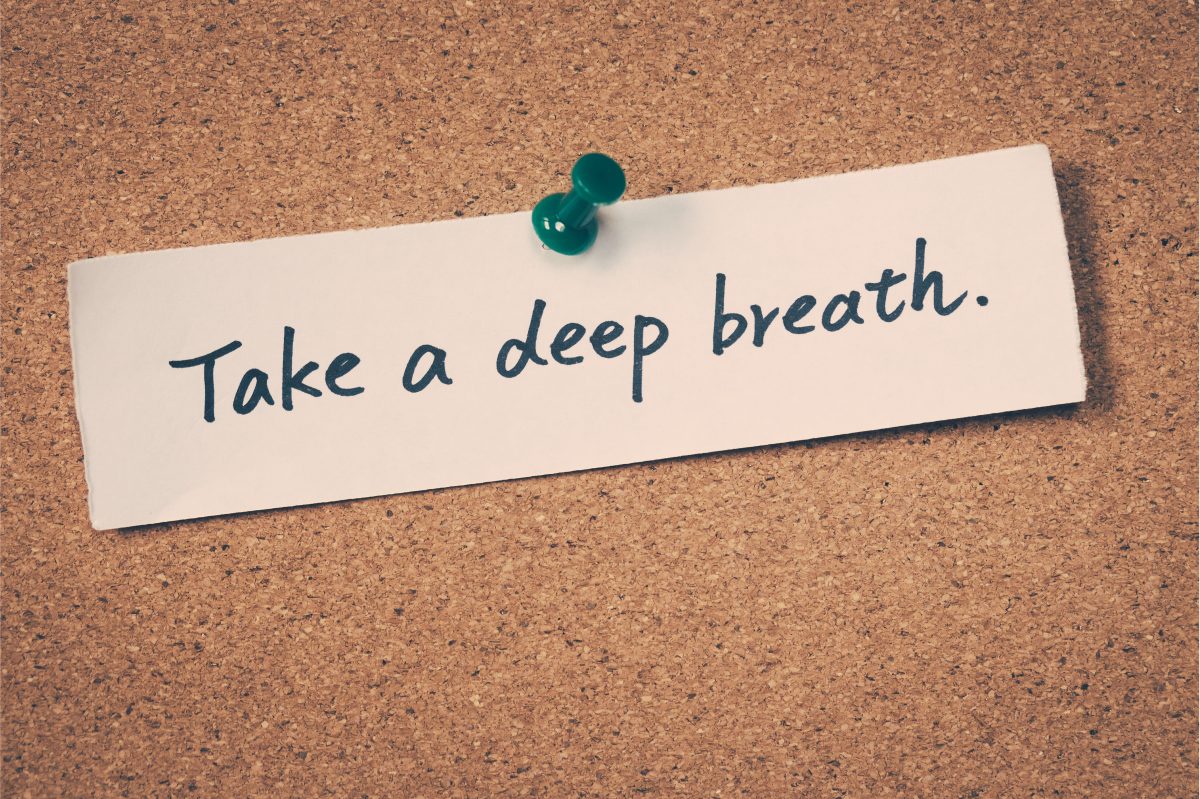Dr. Attia is currently co-president of the Board of Our Place. In 1986 she opened and directed one of the first programs in the United States specifically designated for treating dually diagnosed patients. She later opened dual diagnosis programs across the country.
Dual Diagnosis clients – those exhibiting symptoms of psychiatric illness and substance abuse – are often misdiagnosed and improperly treated. Part of the confusion in diagnosis is since substance abuse can mask, mimic, precipitate or coexist with the gamut of psychiatric disorders. For example, a person displaying poor appetite, insomnia, agitation, anhedonia, loss of energy and feelings of worthlessness could be depressed or in withdrawal from substances. Seeing a client like this for an hour or two and then prescribing medication or any treatment plan based on symptoms alone is irresponsible. A person seen in an emergency room with hallucinations and delusions must be screened for PCP and mescaline as well schizophrenia and mania.
Dual Diagnosis clients generally break down into three categories:
1. Primary Substance Abuse with Secondary Psychiatric Symptoms. An example would be a client with alcoholism whose life is falling apart and develops suicidality amid alcoholism
2. Primary Psychiatric Symptoms with Secondary Substance Abuse. An example would be a client with a Bi-Polar Disorder prior to the development of cocaine dependence.
3. Co-morbid disorders where the onset of both disorders appears at the same time.
Without a careful history, clients may be given medication for psychiatric symptoms that would abate during withdrawal or sent to facilities unable to treat both illnesses. In 1988 I wrote an article on this topic. At that time, I was dismayed at the lack of treatment facilities with the capability of assessing and treating these complex clients. Sadly, over 30 years later, I remain dismayed. I have sent clients to many facilities that purport to treat both illnesses and my findings indicate that 80 to 90 percent of the programming is addiction oriented. Typically, groups are run by less expensive addiction professionals and clients see Mental Health professionals once or twice a week.
Recovery from psychiatric illness and substance use disorders require intense focus and ongoing treatment that may last years, decades or a lifetime. Some dually diagnosed clients may require brief hospitalizations for acute psychiatric symptoms or withdrawal. Discharge planners, case managers and primary therapists need to cobble together an outpatient plan that includes self-help meetings, individual treatment, psychopharmacological treatment (if necessary). If the treatment plan focuses only on one of the two illnesses, clients will inevitably experience a return of psychiatric symptoms and return to substance use. Relapse in either of these disorders invariably leads to relapse in the other.
Community based organizations like Our Place are essential for dually diagnosed clients. Our drop-in centers, sober homes and 12-Step programs, provide enrichment, support, assessment and referral to ensure long term sustainable recovery.



